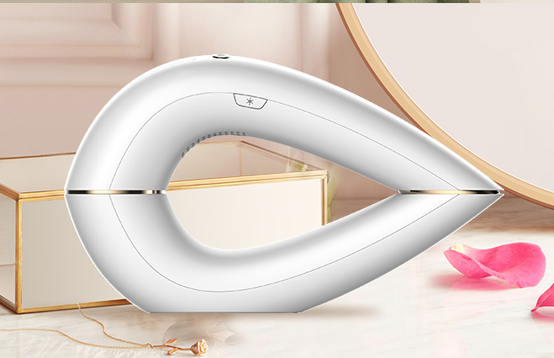How to use IPL devices
For IPL to work effectively, some hair is required to allow the light to target it, therefore it’s best not to wax or epilate ahead of your session. Shaving beforehand is advised as the light can target hair directly in the follicle. If IPL is used on longer hair, it runs the risk of burning the skin. Some models are suitable for use in different areas, such as the upper lip (all the devices in this guide can be used on both body and facial hair).
For best results, regular IPL sessions are required. Each brand advises how often to use their IPL device, and when you can expect to see results. Typically, most brands suggest a 12-week programme followed by top-up sessions as and when needed.
Does IPL hair removal hurt?
The level of discomfort varies from person to person, however, the sensation can feel quite tingly and hot (it’s sometimes likened to being flicked with a hot elastic band). The process is quite quick, though, so the pain doesn’t last long. Most devices have a range of heat settings to make it more comfortable, especially in areas that are more sensitive. It's important to remember that a lower intensity is also less effective, so keeping it at this setting would require you to use IPL for longer.
Who can use an IPL device?

IPL devices aren’t suitable for everyone, as they’re only able to identify and target hair pigment that is a contrasting shade to the skin.
Naturally, light blonde, red, white and grey hairs contain little pigment, so IPL typically isn’t effective on people with these hair shades, whatever their skin colour. They also don’t work on dark skin tones. Typically, those with pale to medium skin and dark hair are the best candidates for IPL.
IPL devices typically aren’t suitable for pregnant women, those with certain skin/hair conditions and those undergoing particular treatments. They also don’t work on tattoos or permanent make-up – check the fine print before you buy.
How many IPL treatments does it take to see results?
Typically, IPL devices should be used regularly for four to 12 weeks, to make sure all visible hair has been treated. Hair should start to appear finer and grow back slower, or not at all. Top-up sessions can be done where there is any regrowth. Results vary depending on the use of the device and skin/hair types.
What to consider when buying an IPL device
The number of flashes: This is the number of times the device can emit a flash. Most have a minimum of 100,000 and once the lamp runs out of flashes, a replacement lamp will be needed. You can’t get replacement lamps for all devices, while some offer unlimited flashes.
The number of treatment heads: If you plan to use the device on smaller areas, a head that comes with a smaller treatment window is more efficient.
The level of intensities: This impacts how often you’ll need to use the device and whether you can adapt the intensity to suit more sensitive areas.
The number of modes: Most devices offer glide and stamp modes, with some also offering a “gentle” mode.
Speed: The shorter the time between flashes, the quicker the treatment process.
Automatic skin tone sensor: Some devices detect the optimum intensity and safe settings for your skin tone.
Corded or cordless: Some devices can be used cordless, for ease of use and transportation.

 EN
EN  ES
ES PT
PT SV
SV DE
DE TR
TR FR
FR


